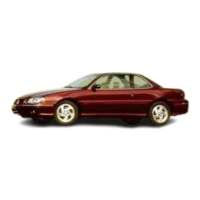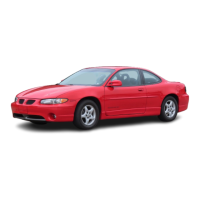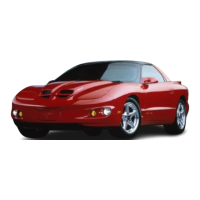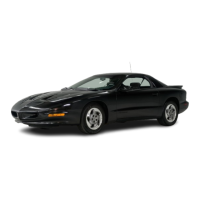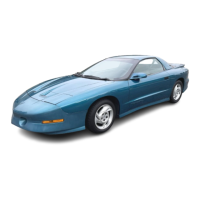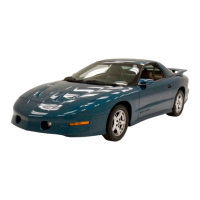Many adults
--
by some estimates, nearly half the adult
population
--
choose never to drink alcohol,
so
they
never drive after drinking. For persons under
2
1,
it’s
against the law in every
U.S.
state to drink alcohol.
There are good medical, psychological and
developmental reasons for these laws.
The obvious way to solve
this
highway safety problem
is
for people never to drink alcohol and then drive. But
what if people do? How much
is
“too
much” if the
driver plans to drive? It’s a lot less than many might
think. Although it depends on each person and situation,
here
is
some general information on the problem.
The Blood Alcohol Concentration (BAC) of someone
who
is
drinking depends upon four things:
0
The amount of alcohol consumed
0
The drinker’s body weight
The amount of food that
is
consumed before and
during drinking
consume the alcohol.
0
The length of time it has taken the drinker to
According to the American Medical Association, a
180-lb.
(82
kg)
person
who drinks three 12-ounce
(355
ml) bottles of beer in an hour will end up with a
BAC of about
0.06
percent. The person would reach
the
same
BAC
by drinking three 4-ounce
(120
ml) glasses
of
wine or three mixed drinks if each had
1-1/2
ounces
(45
ml)
of
a
liquor like whiskey, gin
or
vodka.
It’s the amount of alcohol that counts. For example, if
the same person drank three double martinis
(3
ounces
or
90
ml
of
liquor each) within an hour, the person’s
BAC
would be close to
0.12
percent.
A
person who
consumes food just before or during drinking will have
a
somewhat lower BAC level.
4-3

